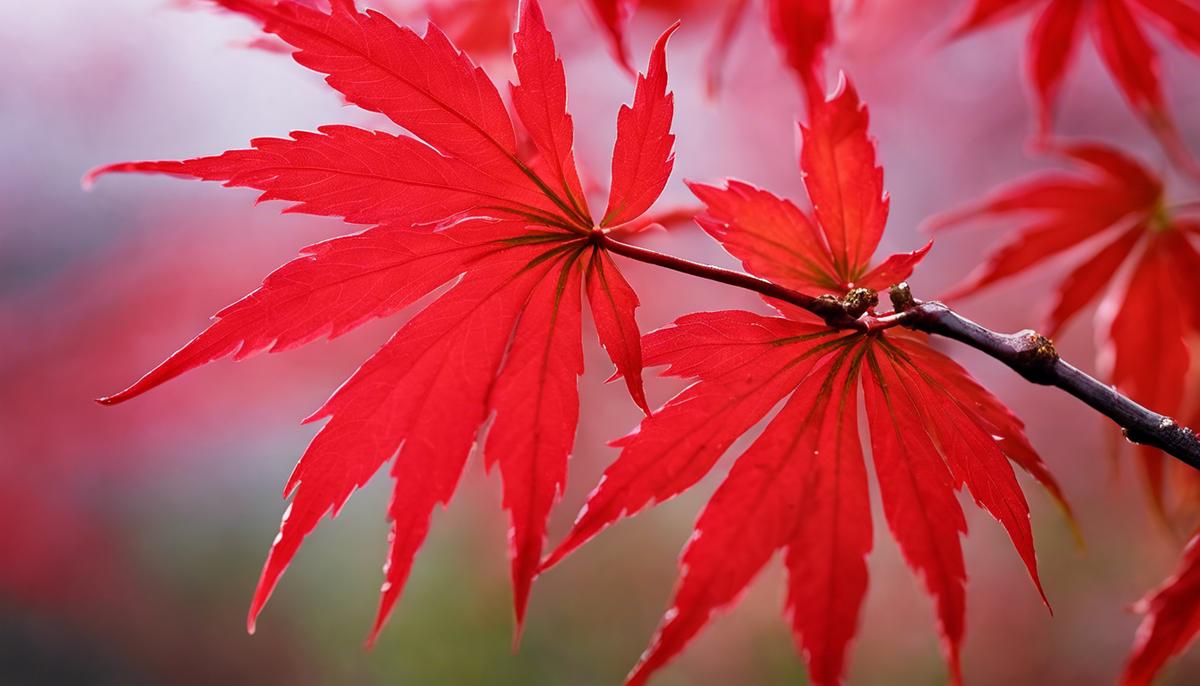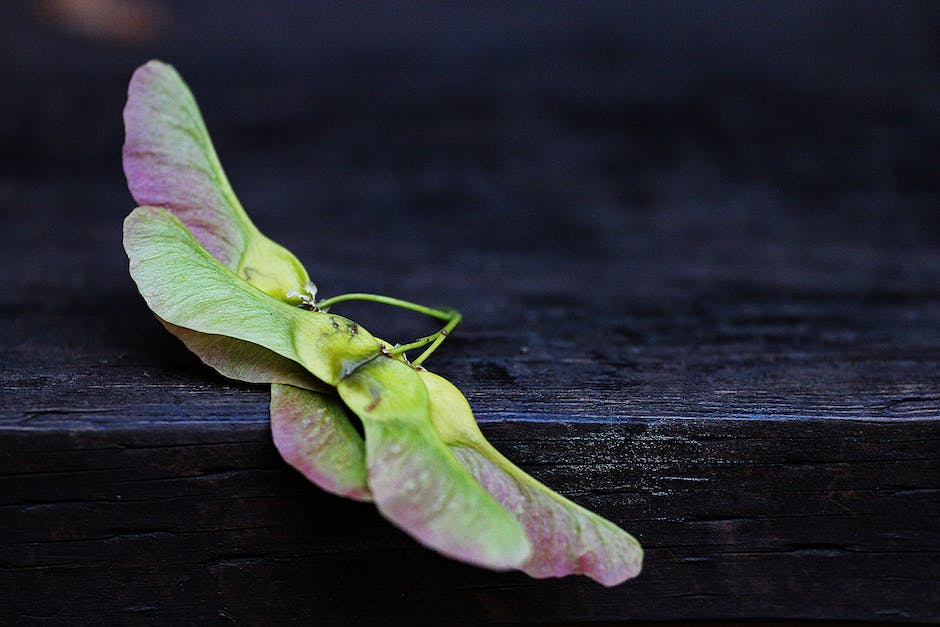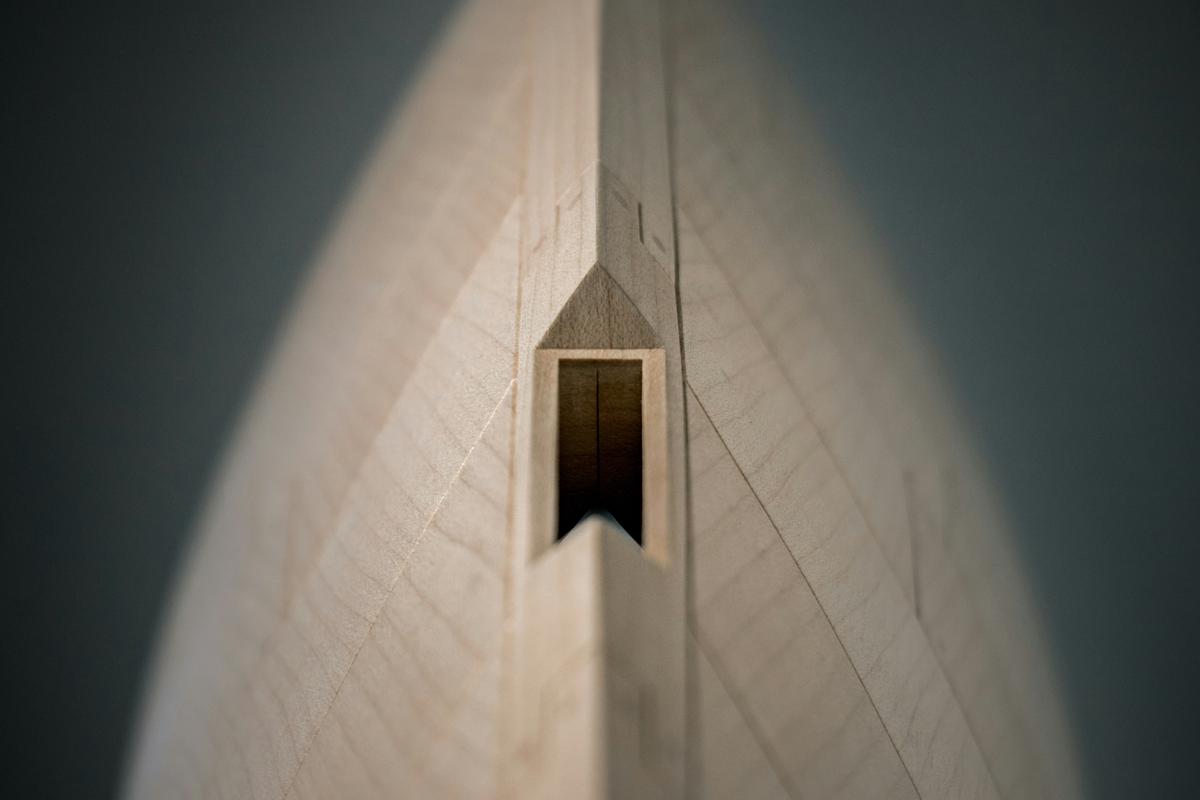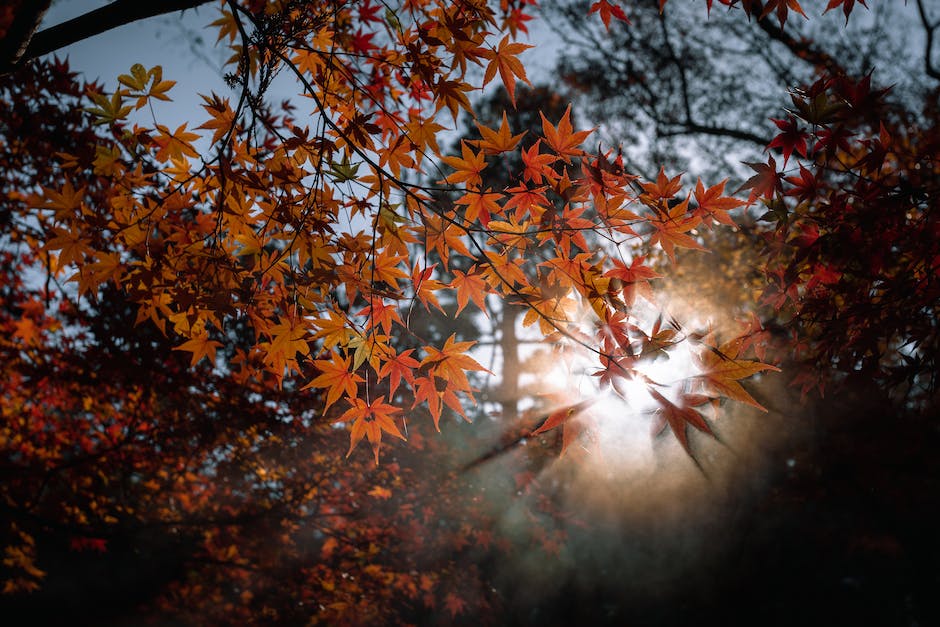Growing Japanese Maples from Seed Made Easy

The Japanese Maple tree, renowned for its captivating autumn foliage and elegant, branching structure, presents an intriguing horticultural challenge for green thumbs everywhere. The planting and cultivation of these alluring trees from seed offer a sense of fulfillment unlike any other. This process, however, isn’t as simple as planting a seed and expecting a tree to bloom. It requires comprehensive knowledge on the unique characteristics of Japanese Maple seeds, precise methods of preparation including stratification, and best practices for planting and daily nurture. This informational guide aims to empower you with the information to masterfully grow a Japanese Maple tree from seed for a rewarding gardening experience.
Understanding Japanese Maple Seeds
Unraveling the Mysteries: The Uniqueness of Japanese Maple Seeds
When one dives into the world of horticulture, the sheer variety in nature’s palette strikes with awe. A prime example can be seen in the dramatic change of seasons witnessed in the Japanese Maple tree. From its first blush in spring to the fiery display in fall, the Japanese Maple tree captures hearts with its beauty. But what’s truly fascinating isn’t just its aesthetic charm—it’s the seeds that make it stand apart from other tree species.
Let’s peel back the bark on this topic!
The Japanese Maple seed, or Acer Palmatum, is found within the winged fruit of the tree – also known as a samara. This architectural marvel of nature not only ensures the seed’s protection but also aids in dispersal. These wings, with their helicopter-like mechanism, are designed to catch the wind and travel distances far from the mother tree, enabling a wider propagation essentially.
Now, other trees like Elms and Ashes have winged fruits too. But what sets the Japanese Maple apart is the angle between its two wings. This ranges from about 20 to 90 degrees, unlike most other winged seeds that feature an almost flat alignment. This distinct angle impacts the seed’s flight and dispersal mechanism, making it a unique characteristic of Japanese Maple seeds.
Another significant aspect that distinguishes these seeds is their spectacular dormancy period. Japanese Maple Seeds undergo a process called ‘double dormancy’—a rare and pretty fascinating natural phenomenon. This means that the seeds need to go through two distinct chilling, or stratification periods before they germinate – first, as a whole to break the outer dormancy and second, for the embryo to grow enough to break inner dormancy. It’s a survival tactic that ensures they don’t germinate prematurely, and that sets them apart.
But that’s not all! The way Japanese Maple seeds mature is yet another defining attribute. Unlike most spring-flowering trees that mature their seeds by fall, Japanese Maples take an entire year to mature their seeds. This extended ripening period provides the seed with ample nutrients, laying the foundation for a strong, healthy tree.
Lastly, the diversity found within Japanese Maple seeds themselves is phenomenal. With over a thousand registered varieties, each with different colors, leaf forms, and growth habits, the Japanese Maple world encapsulates microcosms full of beauty and wonder within these tiny seeds.
Immersing oneself in the fascinating world of Japanese Maples can be a fulfilling and enlightening journey. Each seed is a snapshot of the tree’s future, brimming with potential. From helicopter-like flight to unique dormancy mechanisms, these absorbent packets of life truly stand out in the arboreal world. Delving deeper into this extraordinary horticultural experience, each detail reveals an astonishing insight, reaffirming the magical interplay of nature!

Preparing the Seeds
Beyond the enchanting allure and unique features of Japanese Maple seeds lies the critical step of proper preparation before planting. This involves a three-step process: seed collection, stratification, and sowing. This precise and engaging journey lets you delve into the heart of horticulture, enhancing your green thumb while gifting you with the pleasure of seeing your Japanese Maple seed evolve into a beautiful tree.
Start off with collecting the seeds, which is relatively easy due to the high produce rate of Japanese Maple trees. The ideal time to pick the seeds is late fall when they turn a brownish-red. Shake the branches gently to further ensure seeds’ ripeness, as the mature ones will readily fall off. Be careful not to collect any green seeds as they are unripe and won’t germinate.
After careful collection, embark on stratification. This phase involves inducing dormancy by subjecting the seeds to a cold, moist environment, imitating the natural winter season. Stratification breaks down the seed coat making it porous for water absorption – a key factor in germination. Immerse the seeds in water for 24 hours, then mix them with some moist peat moss or sand inside a clear plastic bag and seal it. Keep the bag refrigerator for about 90-120 days maintaining a temperature of approximately 33-41 °F.
In-between this duration, remember to regularly check on your seeds. They should not dry out or get overly moist. If you see mold forming, rinse the seeds and replace the peat moss or sand. Don’t be alarmed if the seeds begin to sprout. This is a good sign of a successful stratification process.
After stratification, it’s time to sow your prepped Japanese Maple seeds. Prepare a shallow tray or pot with a mix of well-drained compost and sharp sand to ensure good drainage. Sow the seeds, ensuring they are slightly below the surface of your planting medium. Maintain consistent moisture levels throughout, and provide sufficient sunlight, ideally partial, to inhibit the growth of algae or mold.
If you are dealing with a large number of seeds, raising them in nursery beds could be the way to go. Planted about ½ an inch apart and ½ an inch deep, saplings can be grown here for a year until they are strong enough to be transplanted.
Nurturing Japanese Maple seeds is indeed a gratifying venture. Although it requires patience and attention to detail, the payoff is entirely worth it. So transform your backyard into a haven of ethereal red and brilliant orange hues, one Japanese Maple seed at a time.
In conclusion, the journey from seed to tree takes time and meticulous care, but the result is a thing of beauty. May your Japanese Maples thrive and bring joy into your surroundings for many years to come.

Photo by jasonhk1920 on Unsplash
Planting and Nurturing
Transitioning the precious Japanese Maple seed into thriving seedlings requires careful planning and execution – making this process one of the most gratifying in the world of botanical endeavors. From selecting the perfect site to planting routines, let’s delve deeper into the world of growing these delightful trees.
First things first, site selection plays a crucial role in the successful growth of Japanese Maple seedlings. This variety enjoys a location that’s flush with indirect sunlight and offers some shelter from harsh wind conditions. Owing to their elegant, delicately veined leaves, prolonged exposure to strong afternoon sun can often lead to leaf scorch. Looking for a site featuring well-draining soil with a slightly acidic to neutral pH is equally important.
Once you’ve identified the ideal location, it’s time for the actual ‘planting’ process to make its entrance. Dig a hole that’s twice the size of the root ball but make it no deeper. Set your focus on making the hole wider as this allows the tender roots to extend further, encouraging robust growth. Place the sapling carefully into the hole before backfilling with a blend of original soil and some organic matter, leaving the top of the root ball slightly visible above ground.
Watering is another crucial part of this routine – the Japanese Maple, particularly newly planted ones, prefer evenly moist soil. Water the newly planted sapling deeply and slowly to promote moisture absorption. Remember, it’s important to maintain a moisture level that’s neither waterlogged nor left consistently dry.
As the tree starts to establish, pay close attention to fertilization. Japanese Maples do not demand heavy fertilization. A light feed with slow-release balanced granular fertilizer in spring should suffice. With a low nitrogen level, this allows the tree to put more energy towards establishing roots rather than pushing out new top growth.
Pruning is equally significant in the care routine of a Japanese Maple tree. Remember, the key with Japanese Maples is to prune in moderation. Restrict pruning activities to late winter or early spring while the trees lie dormant – this minimizes stress and inhibits sap bleeding.
Lasty, remember to mulch these delightful trees to maintain soil temperature and conservert moisture. Use a 2-4 inch layer of wood chips, shredded bark or leaves around the base but avoid piling it against the trunk.
Navigating this journey from seed to Japanese Maple seedling can present a spectrum of experiences – from wonderful surprises to little hiccups. Yet, as each new leaf unfurls its unique tapestry of hues and patterns, you will find these worriless concerns fading in the joy and fulfillment of growing your very own Japanese Maple.

Ultimately, the process of cultivating a Japanese Maple tree from a seed demands both keen understanding and patient dedication. Comprehending the unique attributes and germination cycle of a Japanese Maple tree seed, allied with effective preparation and nurturing techniques, can lead to a gratifying result – a tree whose spectacular colored foliage seasons your garden with an aura of tranquility and beauty. The consecutive stages – preparation, planting, and nurturing, intertwine to align with nature’s course, thereby contributing to the growth of a vibrant, healthy tree. Embark on this botanical journey with the essential knowledge shared here, and witness the miraculous process of a seed germinating into an enchanting Japanese Maple tree.



